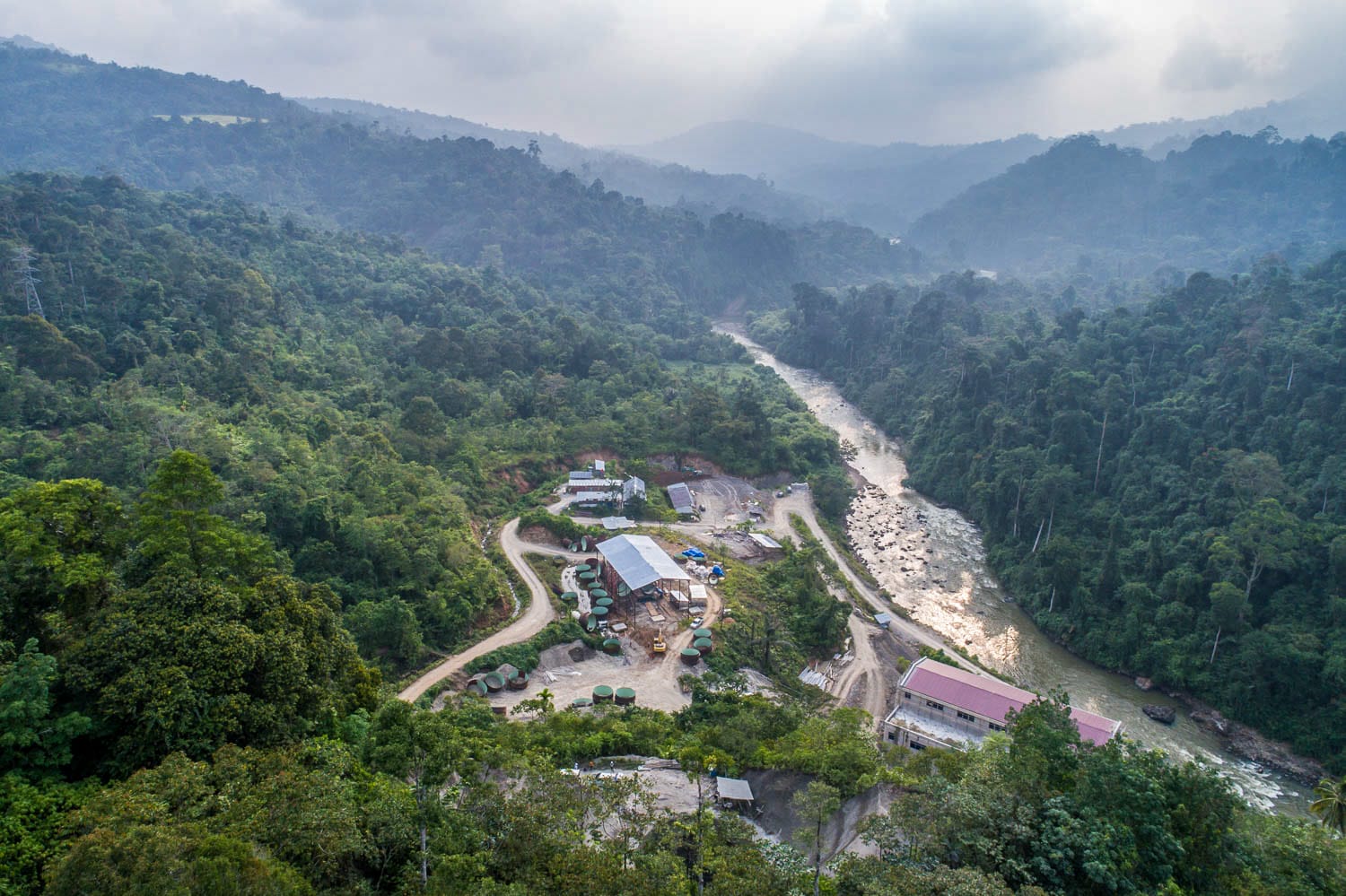Indonesia's transition to a more sustainable energy landscape continues to gain momentum, and PT Kencana Energi Lestari Tbk (KEEN) is positioning itself at the heart of this transformation. The renewable energy company has announced an ambitious target of generating $34.96 million in renewable energy revenue in 2025. This bold move aligns with national and global sustainability goals and demonstrates the company’s commitment to long-term clean energy investment.
Kencana Energi’s focus on hydropower and other renewable sources is part of a broader strategy to meet Indonesia's increasing energy demands while reducing reliance on fossil fuels. The company plans to optimize its portfolio of existing renewable energy assets while aggressively pursuing expansion projects.
Scaling Up Renewable Power Projects
Kencana Energi has already built a solid base in the renewable energy sector, primarily in hydropower. It currently operates several hydroelectric plants including PLTA Pakkat, Air Putih, Ma’dong, and Ordi Hulu. These facilities collectively produced a 32% increase in energy output year-on-year in 2024, even though total revenue declined by 21% to $37.87 million.
The revenue dip was largely due to currency effects and power dispatch adjustments, yet Kencana remained profitable with a net income of $7.48 million. The company aims to increase that figure significantly in 2025 by maximizing its generation capacity and pushing forward with several strategic projects.
Among the notable projects in the pipeline are the Salu Noling Hydro Power Plant (10 MW) expected to commence commercial operations by mid-2026, and multiple solar and biomass facilities that will contribute to renewable energy revenue diversification.
206 MW in Tenders and a 650 MW Pipeline
Kencana is currently pursuing tenders for projects with a total capacity of 206 MW, comprising 180 MW from hydro and 26 MW from solar. Beyond this, the company is building a project pipeline exceeding 650 MW. This includes:
- Biomass and biogas facilities (up to 20 MW)
- Solar photovoltaic (PV) projects in under-electrified regions
- Two planned wind farms in South and Southeast Sulawesi (totaling 162.5 MW)
This mix of energy sources provides both stability and flexibility in revenue generation, insulating the company from overdependence on a single source of energy. It also demonstrates Kencana’s forward-thinking strategy to meet various energy needs and environmental conditions across Indonesia’s diverse geography.
Aligning With National Energy Policy and Green Transition
Kencana Energi's expansion plans are well-aligned with Indonesia's National Electricity Supply Business Plan (RUPTL) for 2021–2030 and beyond, which aims for at least 61% of the country's new energy capacity to come from renewables. This policy direction is essential for Indonesia to meet its Paris Agreement commitments and reduce greenhouse gas emissions by 29% by 2030.
The government is also providing support through incentives, regulatory frameworks, and green financing options that make renewable projects more attractive to private investors. For Kencana, this creates a conducive environment for its business model to thrive, particularly as international demand for green investment grows.
By focusing on renewable energy revenue, Kencana Energi not only fulfills a market need but also positions itself as a leader in sustainable development. Its projects contribute to decarbonization, job creation in rural areas, and energy access for remote communities.
Financial Strength to Support Long-Term Growth
Despite the revenue dip in 2024, Kencana Energi posted a strong financial position with a 16% profit margin. Free cash flow amounted to $5.17 million, and the company expects this number to rise with increased operational efficiency in 2025.
In the year ahead, Kencana plans to spend $14.16 million in capital expenditure to support the expansion of existing plants and to develop new assets. With an expected power production of 339.9 GWh, the company is optimistic that this investment will significantly boost its renewable energy revenue.
The firm’s strategy combines careful financial management with aggressive project development, ensuring that profitability is maintained while growing its renewable energy footprint.
Embracing Solar, Biomass, and Wind Power
Although hydropower is Kencana’s main revenue generator, the company has begun integrating other renewable technologies. It recently launched a 1.36 MW off-grid solar plant in Tempilang to support its nearby biomass facility. This diversification not only increases resilience but also taps into high-potential energy markets that are gaining traction in Indonesia.
The biomass plant in Tempilang contributes 5 MW and utilizes palm oil residues for power generation—a move that supports the circular economy and reduces agricultural waste. Kencana’s entry into wind energy, particularly in Sulawesi, is also seen as a strategic step to leverage Indonesia’s wind potential, which has been underutilized.
This strategic shift toward a multi-source model helps ensure that the company’s renewable energy revenue is consistent and less exposed to seasonal or regional risks.
ESG Commitment and Community Impact
Kencana Energi emphasizes Environmental, Social, and Governance (ESG) standards in every stage of project development. The company actively collaborates with local communities by hiring and training local labor, implementing reforestation programs, and contributing to rural electrification.
These initiatives are not just corporate social responsibility efforts—they are also part of a strategic approach to long-term sustainability and stakeholder trust. As ESG factors increasingly influence investor decisions, Kencana’s performance in these areas enhances its reputation and financial appeal.
Outlook: Building a Resilient, Renewable Future
Looking ahead, Kencana Energi is well-positioned to become a key player in Indonesia’s energy transition. Its focus on renewable energy revenue aligns with market trends, regulatory frameworks, and investor interests. As fossil fuel projects face growing resistance and financial risks, companies like Kencana that invest in clean energy infrastructure stand to benefit both financially and reputationally.
By 2025, if it meets its revenue target of $34.96 million and maintains current profit margins, Kencana Energi could become a benchmark for other Indonesian companies seeking to transition to renewable energy. With the right mix of innovation, policy support, and disciplined execution, the company is on track to play a major role in Indonesia’s green future.
Read More






 Monday, 03-11-25
Monday, 03-11-25







